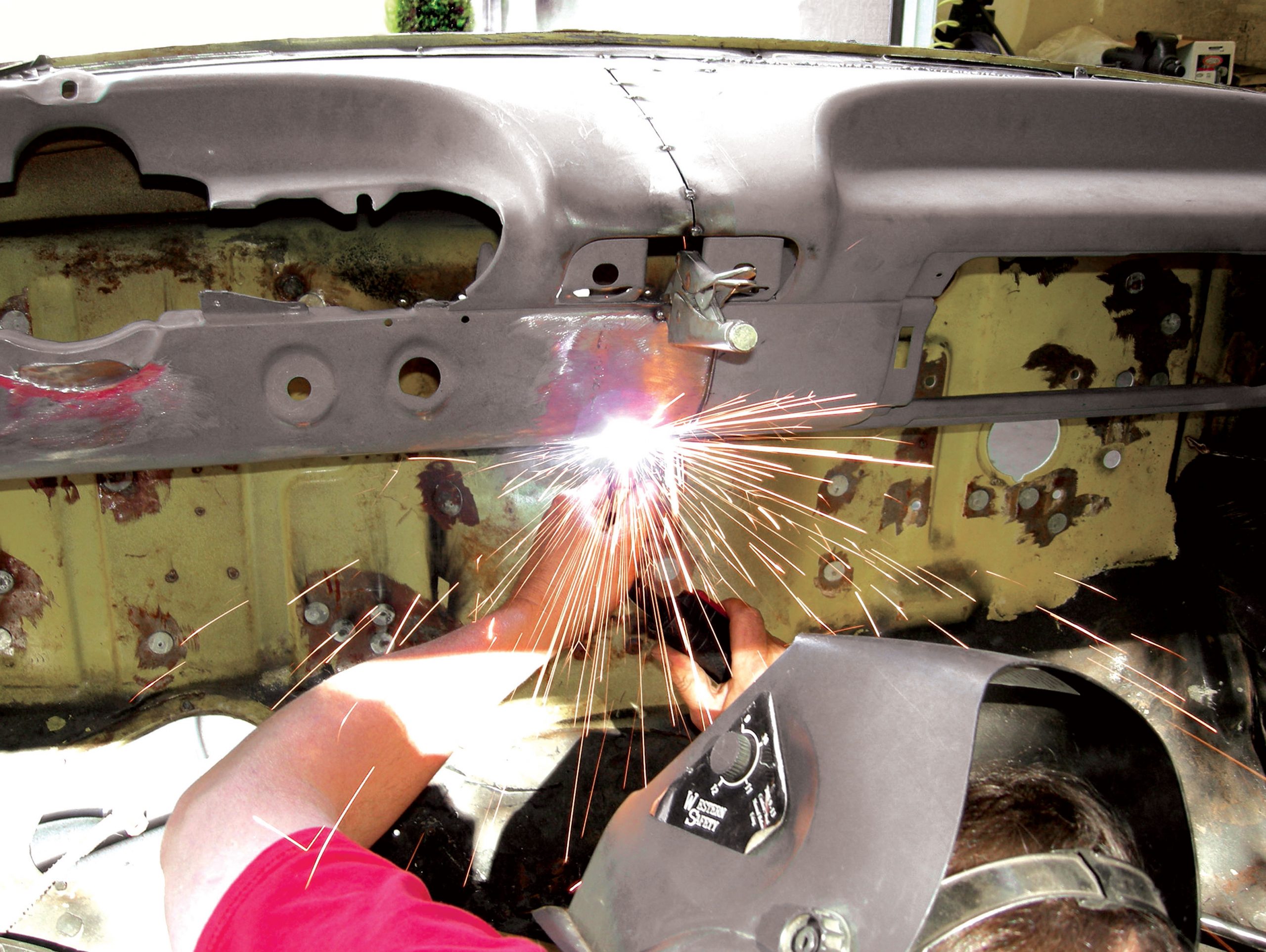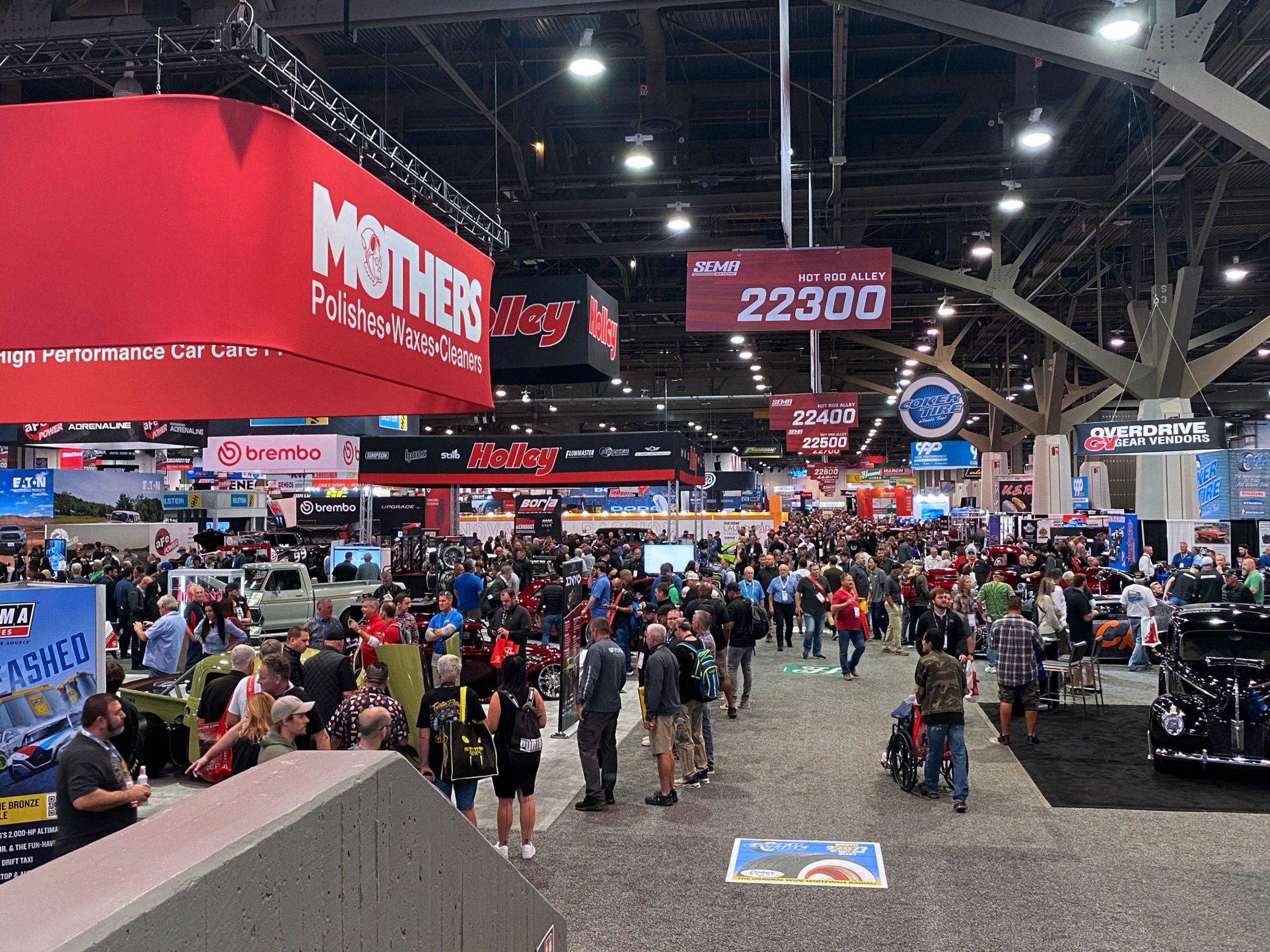Swaps

There’s a lot to like about vintage engines. Just the sheer fact that it isn’t a small-block Chevy is enough to inspire many hot rodders. Now, don’t get us wrong; the small-block Chevrolet is nothing less than awesome, but it is also the default engine of most hot rodders. Often, there is no thought involved as many rodders simply want the 350/350 treatment. That’s probably fine for most hot rodders, but there has been a real resurgence in putting vintage motors in vintage hot rods, and we love the concept. The Oldsmobile, Cadillac, Buick Nailhead and Hemi are all great candidates for powering a vintage hot rod. Parts are still available for most of these engines, some being tougher to find than others. A surprising amount of speed equipment survives for these engines, too, and companies like Offenhauser still produce a lot of vintage speed equipment.

In past stories we have shown you how to shave door handles, install custom outside door handles, round door corners, build suicide doors, add bear claw latches and so on. Now we’re going to offer you a personal favorite custom touch—installing a dash from a ’59-’60 Chevrolet Impala into a ’56 Ford F-100.

The Specialty Equipment Market Association (SEMA) Show engulfs Fabulous Las Vegas annually. It brings together the biggest names in the automotive world to show off the latest and greatest, whether it’s new products, amazing custom builds, or the newest trends. TheAutoBuilder is excited to be in the thick of it all.

LS Swaps are extremely popular, and for good reason! ACES EFI makes the swap process super simple with its Jackpot EFI system. Check out this awesome ‘83 Chevrolet Silverado and get the finer points of the Jackpot from Kim and Pete!
With the advent of the old-time roadster popularity rearing its head again, and with the ever-increasing price of gasoline, we suspect that you will be seeing more and more of these little engines in creatively altered hot rods. We know of a few being done right now, and we will be bringing those to you just as soon as they hit the road. But in the meantime, here’s a piece that took a lot of time to assemble and research, so we thought that those of you looking for alternative powerplants would enjoy this neat solution for the right, light car.
“Real hot rods have axles,” or so they say. That was our story, and we stuck to it fondly for more than 10 years. The ’47 Ford sedan delivery we drive came to us with a new Super Bell dropped axle and four-bar linkage professionally installed by Dick Jones’ shop in Campbell, California. It wasn’t really a hot rod; more like a primered beater with no interior, very little glass and enough rattles that a radio was a waste of time. It was a project car for another magazine for several years, and as such was the subject of many tech articles, updating it with all manner of great stuff. But it was still a primered beater, so the axle suited it just fine, and we got many miles of enjoyment out of this setup. Oh, it could have had a nice, new IRS more than once, but it just wasn’t that kind of car.
If you attend car events in California, such as NHRA’s California Hot Rod Reunion in Bakersfield, the West Coast Kustoms show in Paso Robles or the L.A. Roadster Show in Pomona, you will notice that rat rods are a growing segment of the hot rod hobby. Years ago, when they started becoming a common sight at many of the shows, the mechanical aspects of most of the cars were scary at best. You could see cars with no springs, some without floorboards, and many constructed with less-than-desirable stick welding. It is this type of construction that created the name “rat rod.” Fortunately, over the past few years there has been an attempt to upgrade the construction of rat rods, even though the enthusiasts want to use as many original parts as possible.
Replacing interior components is not usually that difficult, but interior repair–especially seat repair–requires skills, equipment and training which many enthusiasts may not have acquired. To find out what it takes to make a replacement seat, we went to the Performance Choice division of Mid America Motorworks in Effingham, Illinois.
These are great days to be a muscle-car enthusiast. Performance parts are plentiful, new stampings to replace rusted sheetmetal are regularly popping up, and GM’s crate motor program makes it easier than ever to drop in a new power plant that combines incredible power with everyday drivability. Old Camaros or Novas have been passed over because they were saddled with a wimpy six. Now, however, they are the perfect candidates for a heart transplant, namely, in the form of Chevrolet’s marvel of horsepower engineering: the LS1 engine.







